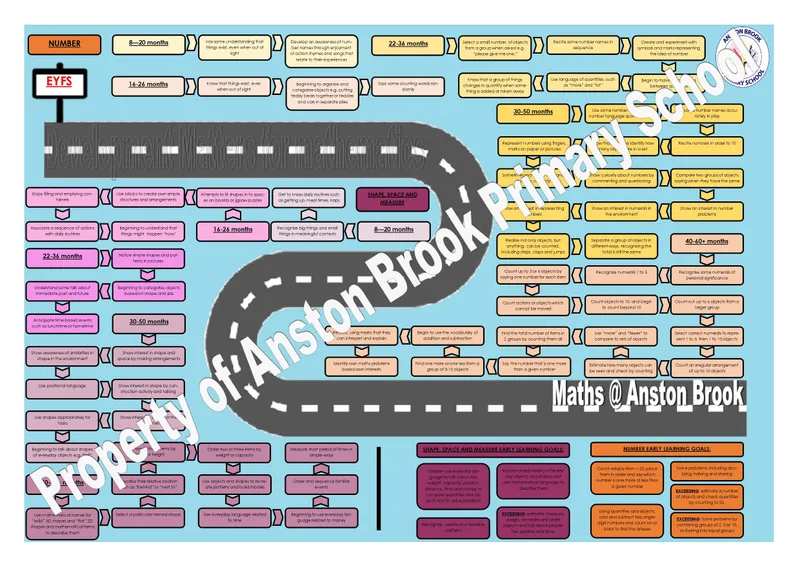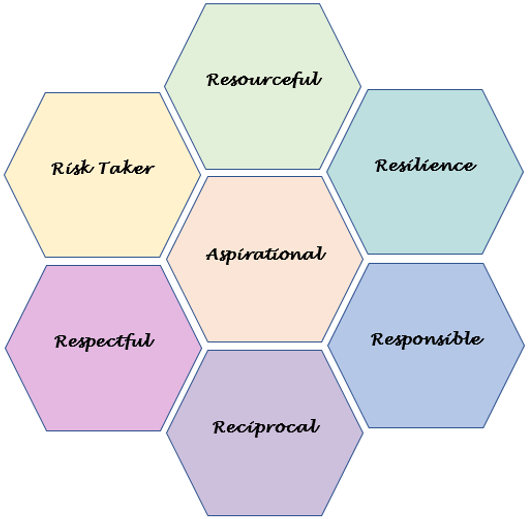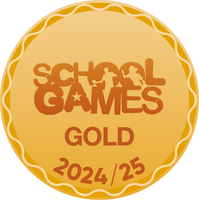Maths at Anston Brook
Intent
At Anston Brook, all pupils are provided with a high-quality maths education that is both aspirational and inspirational. It is our belief that every child can achieve success if given the appropriate learning opportunities accompanied by relevantly utilised resources and manipulatives, intelligent questioning and discrete and subtle differentiation. The teaching and learning of maths links very closely to our whole school core values and maths is a perfect platform to develop these values within our children's learning ethos and mindset. We encourage our children to view their mathematical experience like that to going on a journey, encouraging our children to see the value in making, and then learning from, mistakes, showing a greater level of resilience, reciprocity and resourcefulness when tackling challenging problems.
Through our carefully crafted maths curriculum, we strive to develop curious and inquisitive mathematicians who enjoy their maths learning whilst developing a deeper conceptual understanding. We want our rigorous maths curriculum to produce mathematicians who are fluent and efficient in their mathematical application and can reason and explain their thinking.
Key principles within our mathematical curriculum intent:
- Three aims of the NC should be addressed each day: Fluency, Reasoning and Problem Solving
- We aim to equip all pupils with the skills and confidence to solve a range of problems through fluency with numbers and mathematical reasoning.
- Targeted children to be tracked through school to make accelerated progress by the time they leave Y6
- Resources and manipulatives to be used: visual, concrete and pictorial aids to help support children in learning
- Mathematicians who are confident in using and applying mathematical vocabulary, accurately and confidently across a wide range of context - use of sentence stems and key vocabulary in each lesson to support all learners
- To follow a progressive curriculum with opportunity for skills and key learning to repeat and build over time – revisit and review objectives throughout each year group
Our journey of teaching and learning mathematics using a mastery approach began in the summer of 2019 - please see the "implementation" section below which outlines and explains the changes we have made in order to deliver the teaching and learning of a mastery approach to mathematics.
Early Maths
Development Matters
For the teaching and learning of Early Maths, we follow the objectives as outlined in Development Matters.

On-going formative assessment is at the heart of the teaching and learning of mathematics in foundation stage. Through careful planning and observations, we develop playful learning areas where children can show their current understanding of learning and show how they may need a challenge to further develop and deepen their learning.

Our children learn by first-hand experiences appropriate to their development through stimulating resources which are accessible and open-minded allowing children to represent and develop their own ideas.

Maths in KS1
The National Curriculum for KS1:
The principal focus of mathematics teaching in key stage 1 is to ensure that pupils develop confidence and mental fluency with whole numbers, counting and place value. This should involve working with numerals, words and the 4 operations, including with practical resources [for example, concrete objects and measuring tools].
At this stage, pupils should develop their ability to recognise, describe, draw, compare and sort different shapes and use the related vocabulary. Teaching should also involve using a range of measures to describe and compare different quantities such as length, mass, capacity/volume, time and money.
By the end of year 2, pupils should know the number bonds to 20 and be precise in using and understanding place value. An emphasis on practice at this early stage will aid fluency.
Pupils should read and spell mathematical vocabulary, at a level consistent with their increasing word reading and spelling knowledge at key stage 1.
By the end of Key Stage 1, pupils are expected to know, apply and understand the matters, skills and processes specified in the relevant programme of study.
Maths in KS2
The National Curriculum for KS2:
The principal focus of mathematics teaching in lower key stage 2 is to ensure that pupils become increasingly fluent with whole numbers and the 4 operations, including number facts and the concept of place value. This should ensure that pupils develop efficient written and mental methods and perform calculations accurately with increasingly large whole numbers.
By the end of year 4, pupils should have memorised their multiplication tables up to and including the 12 multiplication table and show precision and fluency in their work.
The principal focus of mathematics teaching in upper key stage 2 is to ensure that pupils extend understanding of the number system and place value to include larger integers. This should develop connections that pupils make between multiplication and division with fractions, decimals, percentages and ratio.
By the end of year 6, pupils should be fluent in written methods for all 4 operations, including long multiplication and division, and in working with fractions, decimals and percentages.
Pupils to read, spell and pronounce mathematical vocabulary correctly.
Maths Curriculum Road Map
Implementation of Maths
Curriculum overview
Our maths curriculum road map at Anston Brook outlines the journey undertaken by our learners from Foundation Stage all the way up until Year 6. Following the national curriculum, it has been created to be a sequential document providing a detailed overview - for staff and children alike - of the coverage and content of each area of mathematics at each stage of their primary education. The document has been created to be broken down in to key content domain areas and does not necessarily demonstrate order and flow of coverage: the sequencing within the academic year is demonstrated by our yearly overview plans which are a bespoke creation each academic year and can be found below:
Year 6 maths curriculum overview, 2020-21
Year 5 maths curriculum overview, 2020-21
Year 4 maths curriculum overview, 2020-21
Year 3 maths curriculum overview, 2020-21
Year 2 maths curriculum overview, 2020-21
Year 1 maths curriculum overview, 2020-21
Mastery approach including CPA
We approach the teaching of maths using an ever-developing mastery approach. Working alongside mastery experts from the South Yorkshire Maths Mastery Hub for the past academic year, we are continuing to develop our approach to the teaching of mathematics using the CPA approach to maths: Concrete-Pictorial-Abstract.
The mastery approach, which originated from the Shanghai teaching of mathematics, revolves around the idea of taking the whole class on a journey together - nobody races ahead and nobody gets left behind. Rather than rushing through objectives with little or no conceptual understanding, the teaching for mastery approach seeks to deliver mathematics in a range of context with a much deeper and broader level of understanding. This approach allows for the careful crafting of key and differentiated questions to challenge and extend learning in various guises. This teaching approach of mathematics seeks to build-up and make a deeper web of connections for our learners, helping us craft a cohesive and robust curriculum that builds and weaves together past, present and future mathematics learning.

Seven Part lesson structure
 At Anston Brook, we have devised a seven-part lesson structure that teachers have adopted to deliver bespoke and sequential learning to our children. Flexibility in deliverance is clear across the two key stages but the basic premise of the approach remains the same: sequential learning in bite-size steps that allows teachers to fluidly assess the learning of each child within the class, whilst planning and carefully catering for the right level of challenge.
At Anston Brook, we have devised a seven-part lesson structure that teachers have adopted to deliver bespoke and sequential learning to our children. Flexibility in deliverance is clear across the two key stages but the basic premise of the approach remains the same: sequential learning in bite-size steps that allows teachers to fluidly assess the learning of each child within the class, whilst planning and carefully catering for the right level of challenge.
Each stage of the lesson is made explicit and clear to the children:
1) Time tables / mental recall
2) Share the learning objective and key vocabulary
3) Connection phase
4) Activate phase / guided practice
5) Application phase OR consolidation phase
6) Learning stop OR next step
7) Reflection
This approach has been adopted as it allows for teachers to continual assess the successes and next steps of children's learning. It allows for challenges to be interwoven or interjected at different points within the lesson, whilst also giving opportunities for the majority of learners to "keep up - not catch up."







